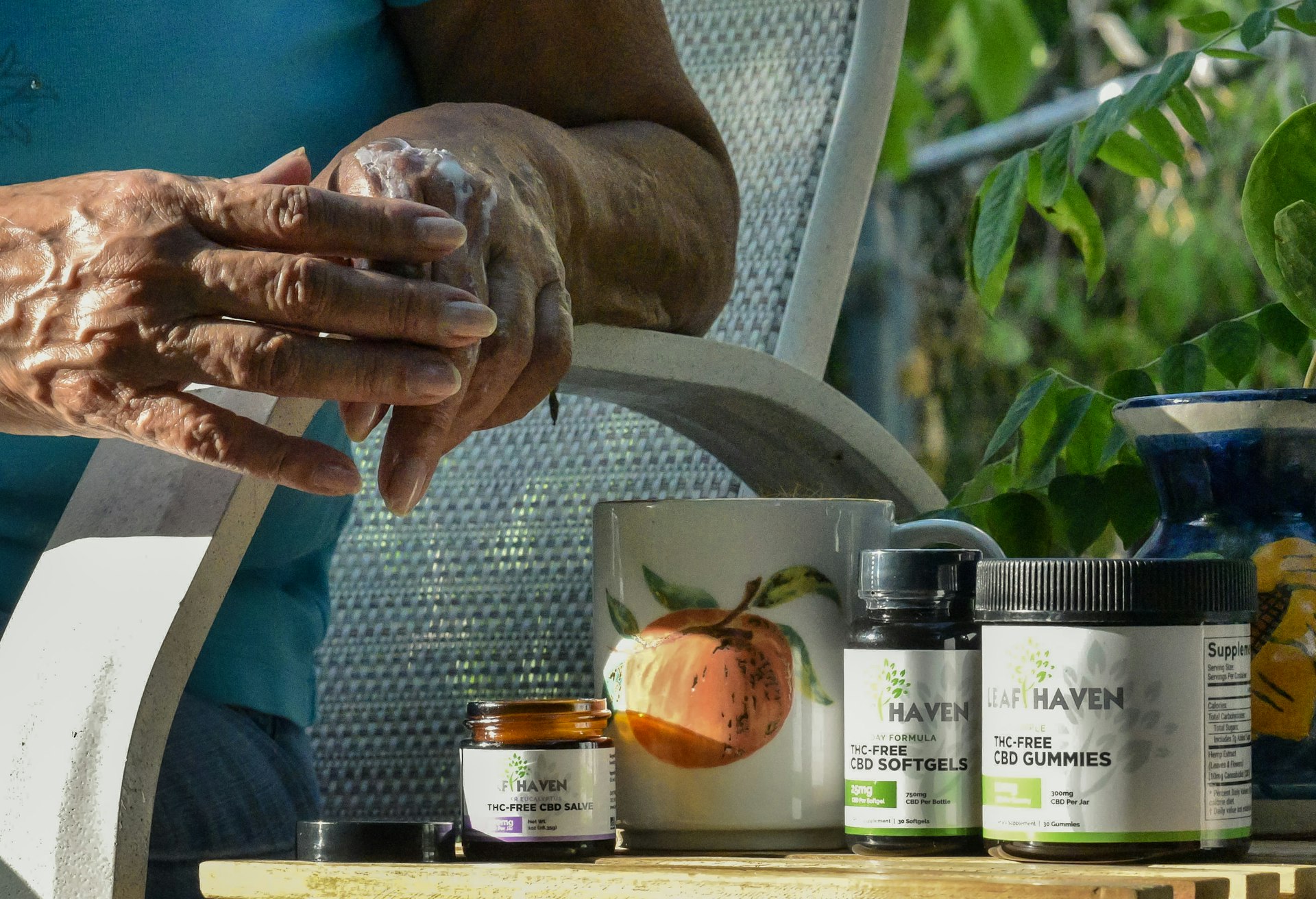Impressionism’s Enduring Legacy: From 19th-Century Rebellion to Modern Inspiration

Photo by Boston Public Library on Unsplash
Introduction: The Revolutionary Spirit of Impressionism
Impressionism emerged in late 19th-century France as a bold rejection of traditional artistic norms. Artists such as Claude Monet, Pierre-Auguste Renoir, Camille Pissarro, Alfred Sisley, Edgar Degas, and Berthe Morisot challenged the academic standards of their time by prioritizing the fleeting effects of light and color over detailed representation. Their collective rebellion, marked by the groundbreaking 1874 Paris exhibition, forever changed the trajectory of Western art and paved the way for modern creative expression [1] .
The Origins and Principles of Impressionism
Impressionist artists sought to capture the
immediacy of visual experience
, focusing on everyday scenes and landscapes. Their technique was characterized by quick, visible brushstrokes, the use of bright, unblended colors, and a direct approach to painting outdoors (en plein air). This approach allowed them to depict how light and weather transformed the world around them, marking a sharp departure from the detailed, staged works favored by academic institutions
[3]
.
In their time, these methods were considered radical. The Impressionists’ focus on ordinary life and subjective perception contrasted sharply with the then-dominant genres of history painting and religious tableau. The movement introduced a democratization of subject matter, opening the door for artists to explore personal, contemporary themes [4] .
Impressionism’s Expansion and Global Reach
The movement quickly gained momentum and, despite initial rejection by critics and the Paris Salon, Impressionism’s influence spread internationally. The first major exhibition of Impressionist works in America in 1883 signaled the movement’s growing global impact [2] . Over subsequent decades, Impressionism would shape the direction of modern art across Europe and the United States, inspiring post-Impressionist artists like Vincent van Gogh and Paul Cézanne, who expanded on its principles to develop new artistic languages.
Impressionism’s embrace of experimentation and its liberation from academic constraints also laid the foundation for movements such as Fauvism, Expressionism, and Abstract Art. Its legacy is evident in the way contemporary artists approach color, composition, and subject matter [5] .
Impressionism in the Modern Context
Today, Impressionism is not just a historical movement but a continuing influence in the art world. Museums worldwide display Impressionist masterpieces, and contemporary artists draw on its techniques and philosophies to create new work. The movement’s focus on personal perception , direct observation , and emotional resonance remains highly relevant.
Modern painters, photographers, and digital artists frequently reference Impressionist approaches, particularly in their use of color and light to evoke mood and atmosphere. The practice of plein air painting continues, with many artists and hobbyists gathering in urban and rural settings to capture scenes directly from life, just as the Impressionists did in the 19th century.
Case Study: Impressionism’s Digital Evolution
With the advent of digital technology, Impressionism has found new forms. Software tools and apps allow users to mimic Impressionist brushwork and color palettes, making the style accessible beyond traditional painting. Art educators incorporate Impressionist techniques in their curricula, inviting students to experiment with both physical and digital mediums. Online galleries, such as those from leading museums, provide virtual access to high-resolution images of Impressionist works, making study and enjoyment of the movement more accessible than ever.
How to Engage with Impressionism Today
For those interested in experiencing Impressionism’s ongoing impact, there are several actionable steps:

Photo by Boston Public Library on Unsplash
- Visit Major Art Museums: Many world-renowned institutions, such as the Musée d’Orsay (Paris), The Metropolitan Museum of Art (New York), and The National Gallery (London), feature extensive Impressionist collections. For current exhibition schedules, visit the official museum websites or search for “Impressionist exhibitions” along with your location.
- Join Art Workshops: Community centers, art schools, and online education platforms often offer classes in Impressionist painting and technique. To find local opportunities, search “Impressionist painting workshops” and include your city or region.
- Explore Online Resources: Many museums and cultural organizations offer virtual tours, educational videos, and digital archives focused on Impressionism. To access these, search for “virtual Impressionist tours” or “Impressionist art online collections.” The Encyclopaedia Britannica provides accessible historical timelines and artist profiles.
- Create Your Own Art: Whether with traditional materials or digital apps, you can experiment with Impressionist approaches to color, light, and composition. Look for instructional videos and tutorials with the phrase “how to paint like an Impressionist.”
If you seek professional guidance or formal study, consider contacting local art schools or university art departments for program information. Many institutions have open days or contact forms on their official web pages. You may also reach out to local museums for recommendations about classes or events related to Impressionism.
Common Challenges and Solutions in Adopting Impressionist Methods
Learning Impressionist techniques can pose initial challenges, particularly for those accustomed to detailed or highly realistic styles. Beginners may struggle with the loose brushwork or the emphasis on color over line. Overcoming these challenges requires practice, observation, and sometimes mentorship. Many artists find it helpful to study original Impressionist works in person or via high-resolution images, noting the layering of color and the handling of light.
Another challenge is translating Impressionism into modern digital practices. While apps and graphics software offer Impressionist-style filters, achieving authenticity requires an understanding of the movement’s principles. Participating in online forums or local art groups can provide valuable feedback and support.
Alternative Approaches and Expanding Your Engagement
For those interested in exploring beyond traditional Impressionism, post-Impressionist and contemporary interpretations offer alternative perspectives. Artists such as Paul Cézanne and Vincent van Gogh built on Impressionist foundations to develop new techniques and styles. Modern abstract and expressionist works often echo the Impressionist focus on color, emotion, and immediacy.
To broaden your understanding, consider reading scholarly articles or attending lectures at art museums or universities. Many institutions host public talks or webinars on Impressionism and its modern relevance. Searching for “Impressionism public lecture” or “modern art webinar” alongside your location or institution name can yield current opportunities.
Key Takeaways
Impressionism remains a dynamic force in the art world. Its core principles-capturing fleeting impressions, prioritizing personal vision, and pushing the boundaries of accepted technique-continue to inspire artists and audiences alike. Whether through museum visits, hands-on workshops, or digital exploration, there are myriad ways to engage with Impressionism’s living legacy. Use trusted museum websites, educational platforms, and community resources to access the most current information and opportunities in your area.
References
- [1] Encyclopaedia Britannica (2025). Impressionism: A Timeline.
- [2] ImpressionistArts (2025). Impressionism Timeline.
- [3] Encyclopaedia Britannica (2025). Impressionism | History, Artists, Time Period, Art.
- [4] StudioBinder (2025). Art History Timeline – A Guide to Western Art Movements.
- [5] Artyfactory (2025). Modern Art Timeline Part 1 – Impressionism to De Stijl.
MORE FROM weirdsearch.com













